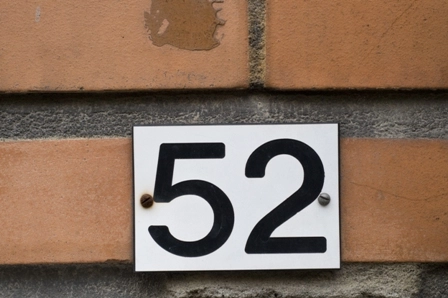Refine Your Fx Coding Using These 2 Guidelines

Plus: What to do when the guidelines steer you toward a non-payable code. When it comes to complex fracture coding, you've got to bring your A-game if you want to make sure you've ended up at the correct diagnosis code. While both experience and a fundamental knowledge of anatomy come into play when coding pathologic and traumatic fractures, it's also important that each coder takes the time to understand each ICD-10-CM guideline at play for these various conditions. However, as coders who have adequately reviewed the ICD-10-CM guidelines know, these guidelines are not centralized in one specific section or chapter. Instead, you've got to maneuver between various segments of ICD-10-CM in order to get a comprehensive list of fracture coding guidelines. Whether you're still in the learning process, or simply in need of a refresher, keep reading for a full breakdown of all the crucial guidelines necessary to code any fracture-oriented scenario. Rely on Focus of Tx for Pathologic Fx, Neoplasms Neurosurgeons will occasionally encounter patients with pathologic spinal fractures due to a neoplasm, either malignant or benign. Since most primary malignancies do not originate in the central nervous system (CNS), the pathologic fracture of the spine would typically be the result of a secondary malignant process. A strong fundamental understanding of how pathologic fractures of the spine may originate is crucial. "A pathologic fracture simply means that the fracture is caused by some invasive process," says Barry Rosenberg, MD, chief of radiology at United Memorial Medical Center in Batavia, New York. "Most pathologic fractures of the spine are due to malignancies, but benign neoplasms can result in pathologic fractures as well - in addition to infections of the bone, such as osteomyelitis," Rosenberg explains. While coders generally want to code the underlying disease as the primary diagnosis, you should abide by the ICD-10-CM guideline's instructions to code the condition being treated as the primary diagnosis: These guidelines become a little murkier for surgical procedures in which the surgeon addresses both the neoplasm and the pathologic fracture. However, in cases in which the surgeon treats both the neoplasm and resulting pathologic fracture together, you should code the neoplasm first. There should be no instance in which you would code the pathologic fracture as the primary diagnosis if the underlying neoplasm is a focus of treatment as well. Code as Osteoporosis, not Fx, for Osteoporotic-Induced Fxs Here is a set of guidelines that could understandably be a source of confusion for some coders. Consider an example of a neurosurgeon performing a 22633 (Arthrodesis, combined posterior or posterolateral technique with posterior interbody technique including laminectomy and/or discectomy sufficient to prepare interspace (other than for decompression), single interspace and segment; lumbar) service for an L1 osteoporotic (age-related) stable compression fracture. Now, consider these ICD-10-CM guidelines on coding for osteoporotic fractures: The guidelines are fairly straightforward, so the correct diagnosis code should be, too. Based on these rules, a coder should apply diagnosis code M80.08XA (Age-related osteoporosis with current pathological fracture, vertebra(e), initial encounter for fracture) and be on his or her way. However, things become a little more complicated if the provider performs an interbody fusion above and below the fracture. When you check the coding crosswalk for CPT® code 22633, you will see that diagnosis code M80.08XA is not compatible with 22633. That means that, in all likelihood, it's not a reimbursable diagnosis for this particular procedure. This leaves the coder in a predicament as to what to do next. Stick to the Guidelines There are a few different options available at this point. The coder could: Reviewing each of these options, there aren't many (if any) scenarios in which you should bypass ICD-10-CM guidelines - so you can rule out the third option immediately. The first and second options, on the other hand, are actually both correct. However, the second option is the most practical in terms of optimizing a timely reimbursement. You may also consider reaching out to the payer beforehand to determine the best course of action. Since not all payers are influenced the same way by the ICD-10-CM coding crosswalk, there's always the possibility that the claim gets paid right off the bat.




